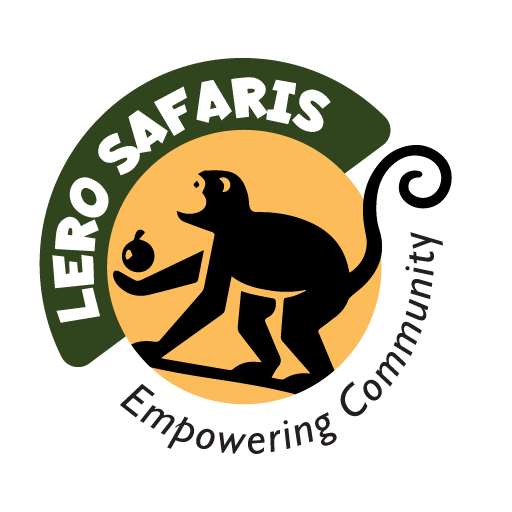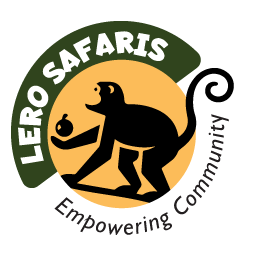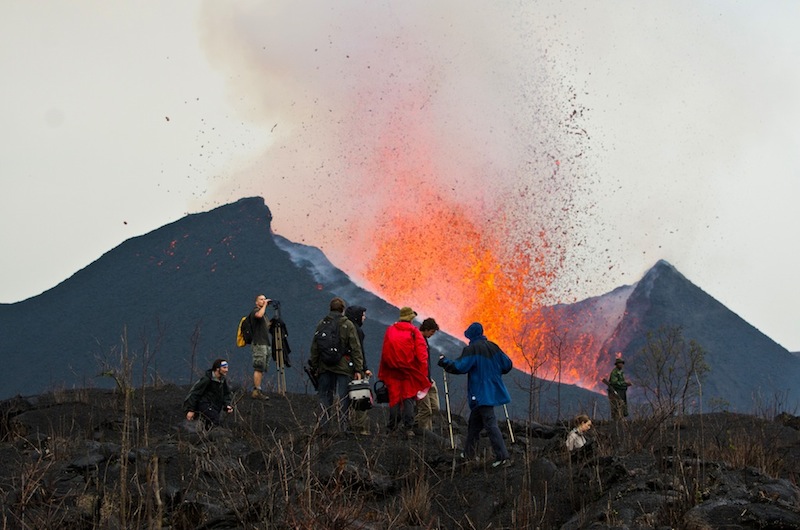Nyamuragira Volcano: Africa’s Most Active Volcano in the Heart of Virunga
Nestled deep within Virunga National Park in the eastern Democratic Republic of Congo lies Nyamuragira Volcano (also called Nyamulagira), one of the most fascinating natural wonders of Central Africa. Rising to an elevation of 3,058 meters (10,033 feet) above sea level, Nyamuragira is often overshadowed by its famous neighbor, Mount Nyiragongo, yet it is the most active volcano on the African continent.
Location and Geological Significance
Nyamuragira is located about 25 kilometers north of Lake Kivu and just 15 kilometres from Nyiragongo Volcano, within the Albertine Rift Valley. Unlike its steep-sided neighbour, Nyamuragira is a shield volcano, characterised by broad, gentle slopes formed by layers of fluid basaltic lava. This structure allows its eruptions to spread lava over vast areas, sometimes covering hundreds of square kilometres.
A Record of Frequent Eruptions
Nyamuragira is renowned for its frequent activity, having erupted over 40 times since 1885. Most of its eruptions occur on its flanks, opening fissures that release spectacular lava fountains and expansive lava flows.
Notable Eruptions:
2010: Produced a dramatic lava fountain display.
2011–2012: A major eruption led to the formation of a new lava lake, which remained visible for months.
Ongoing Activity: Scientists continue to monitor fumaroles, seismic tremors, and intermittent lava emissions, making Nyamuragira a key site for volcanic research Unlike Nyiragongo, whose eruptions have threatened nearby cities like Goma, Nyamuragira’s eruptions mostly occur in remote forest and savanna areas of Virunga, limiting direct risk to human settlements.
Environmental Impact
Though its lava flows often destroy vegetation, Nyamuragira plays a unique ecological role. The cooled volcanic soils are among the most fertile in the region, allowing forests and grasslands to regenerate quickly. This cycle of destruction and renewal shapes the biodiversity of Virunga National Park, a UNESCO World Heritage Site that shelters rare species such as mountain gorillas, chimpanzees, and forest elephants.
Tourism and Exploration
For adventurous travellers, Nyamuragira offers a rare opportunity to witness raw geological power in one of Africa’s most beautiful landscapes. While Nyiragongo’s permanent lava lake has traditionally attracted more visitors, Nyamuragira’s eruptions are equally spectacular when they occur. Guided expeditions in Virunga National Park provide access to its volcanic fields, alongside other attractions such as gorilla trekking, birdwatching, and cultural encounters with local communities. Due to its remote location, however, visiting Nyamuragira is less common than Nyiragongo, making it a destination for true explorers.
How to Get to Nyamuragira Volcano for Hiking
Entry Points into the DRC
Most travelers access Virunga National Park through Goma city, which serves as the main gateway to the volcanoes.
Via Rwanda:
Fly into Kigali International Airport (Rwanda).
Drive about 4–5 hours to the Goma–Gisenyi border crossing (Grande Barrière).
Cross into the DRC with a valid DRC tourist visa and pre-arranged park permits. This is the safest and most popular route for international visitors.
Via Uganda:
Fly into Entebbe International Airport (Uganda), then our representative will connect you to Kisoro or Bunagana border. This route is less common but possible for travelers combining Lero safaris with a Congo volcano trek.
Getting to Virunga National Park
Once in Goma, visitors are transferred by Virunga National Park vehicles or approved tour operators to the park headquarters. Independent travel is not permitted for safety reasons. From Goma, the drive to the volcano region takes about 1–2 hours, depending on road conditions.
Hiking Nyamuragira Volcano
Unlike Nyiragongo Volcano, which has an established overnight hike to its lava lake, Nyamuragira is less frequently visited. Hiking is possible but usually arranged through Virunga National Park as part of a guided expedition.
What to Expect
Permits & Guides: Hiking must be booked in advance with Virunga National Park or an authorized operator. Rangers and guides always accompany trekkers. Trails vary depending on recent volcanic activity. Since Nyamuragira eruptions often occur on the flanks, hikes can involve rough terrain and freshly cooled lava fields. Day hikes are common, but multi-day expeditions can be arranged for deeper exploration. Expect a mix of volcanic landscapes, regenerating forests, and chances to spot wildlife.
Practical Tips for Travelers
Visa & Permits: Secure a DRC tourist visa (often arranged through the park when booking). Hiking permits must be purchased in advance.
Best Time to Visit: The dry seasons (June–September and December–February) are ideal, as trails are less muddy and weather is clearer.
Safety: Only travel with park escorts. Virunga is a protected area, and ranger guidance is mandatory.
Gear: Good hiking boots, rain gear, gloves, and a walking stick are essential for navigating slippery volcanic terrain.
Conclusion on Nyamuragira Volcano
Nyamuragira is more than just Africa’s most active volcano it is a living laboratory of natural forces and ecological resilience. From its fiery eruptions to the rebirth of life on its fertile lava fields, Nyamuragira continues to shape the landscape and ecosystems of the Congo. For scientists, conservationists, and intrepid travellers, it remains one of the world’s most intriguing volcanic wonders.



Comment (0)